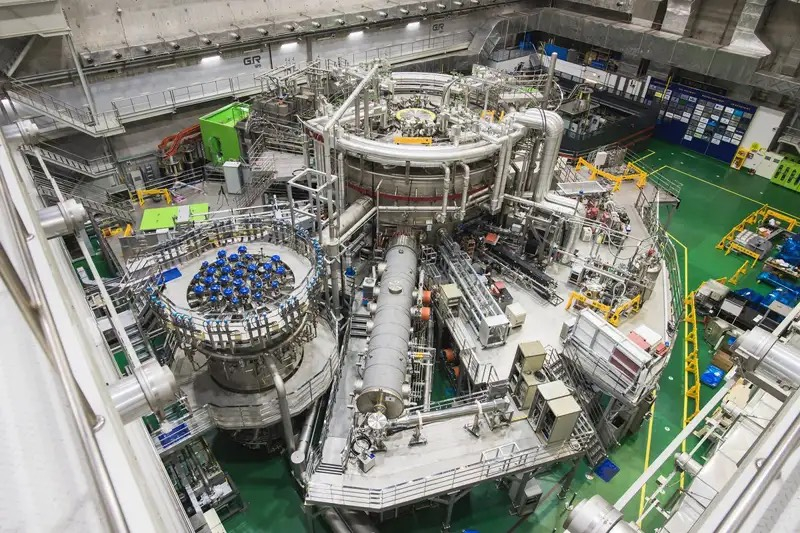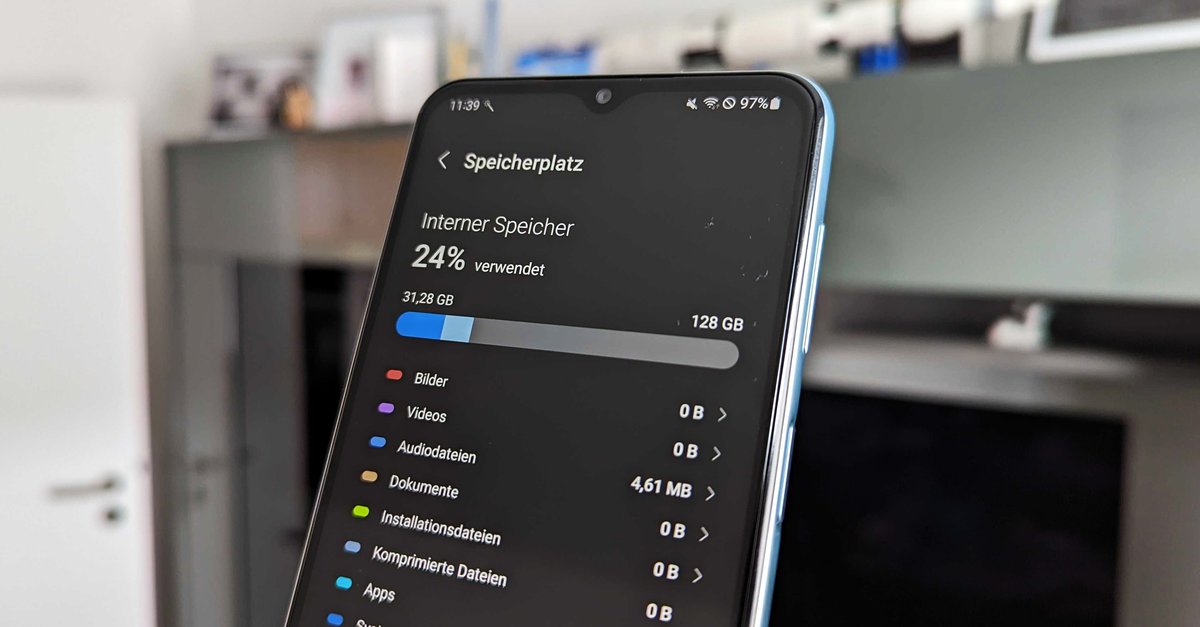“The Boldest Thing I’ve Ever Heard”
How The Verge Microsoft reportedly signed a deal with Helion Energy on Wednesday morning, according to which the tech company will begin purchasing electricity from a grid in Washington powered by a Helion fusion generator by 2028.
This is an agreement that definitely makes people sit up and take notice, as many experts still consider it completely unpredictable at this point in time whether nuclear fusion will be profitable at the end of the decade or far beyond. Robert Rosner, a professor of theoretical physics at the University of Chicago, told The Verge that the ambitious plans are “the boldest thing I’ve ever heard of.” He goes on to say: “You should never say never in this area, but it would be really amazing if you could do that.”
Microsoft seems to be much less skeptical. Helion CEO David Kirtley is also confident: “This is a binding agreement that provides for financial penalties if we cannot build a fusion system. We are fully committed to creating a commercially viable system.”
The energy company’s preliminary goal is to generate 50 megawatts of electricity. The advantages of nuclear fusion over nuclear fission are that the procedure can deliver enormous amounts of energy, but is significantly less risky and no more nuclear waste is produced. Nothing less than the inner life of stars serves as a model for the system.
There, the atomic nuclei fuse from hydrogen to helium, releasing a gigantic amount of energy in the process. Attempts to start this process with the use of lasers are steadily driving other competitors in this field. However, Helion relies on a different process, which is carried out in a so-called plasma accelerator takes place.
There, helium-3 fuel is heated to 100 million degrees Celsius and then compressed by a magnetic field, causing fusion. As you can imagine, the process itself requires very large amounts of energy – more than it can generate. However, Helion plans to return the energy fed in and use it to charge the magnets.
Editor’s Recommendations
As a result, an efficient energy balance should soon be achieved. The next prototype is planned for 2024, like tech crunch reported. But that’s not the only problem Helion faces. Even the helium-3 fuel cannot yet be produced profitably in sufficient quantities. It remains to be seen whether these challenges can be solved within five years.
Microsoft’s connection to Helion is definitely interesting. OpenAI founder Sam Altman is the main investor in Helion and sits on the board of directors. As experts assume, Altman’s “baby” ChatGPT and all other artificial intelligence will lead to an enormously high energy consumption.
To secure the future of AI, such an investment is a smart move. Of course, extremely dark speculations can also be made about the effects that superior artificial intelligence with endless energy resources will have on humanity.



